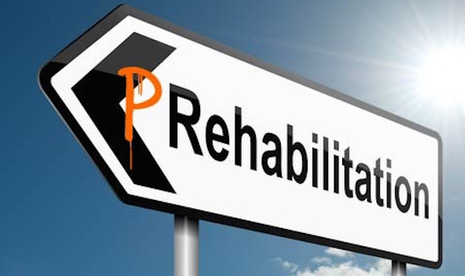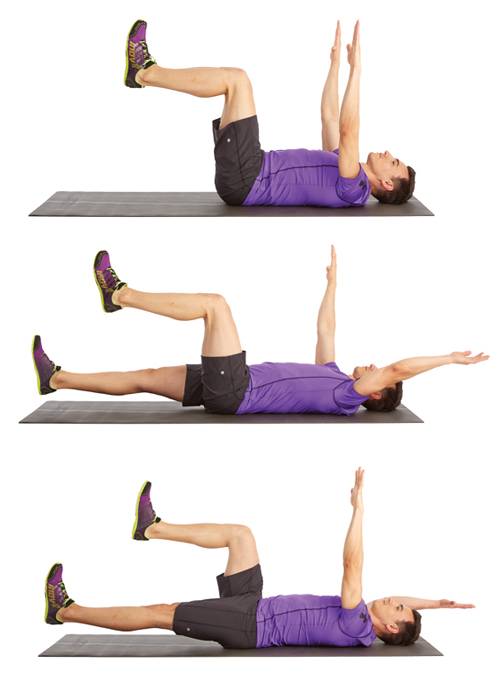The Importance of Prehabilitation
Posted on January 22nd, 2019 by Andries Lodder
 By Jennifer Steele
Rehabilitation, the word alone sends chills down most athlete’s spines. Why, because it means the worst has happened and a dreaded injury has crept up and is getting in the way of normal training or competition. Rehabilitation is therefore the approach taken to recover from injury and return to full function. However, did you know that the word rehabilitation has an antonym.
‘Prehabilitation’ is taking over from rehab.
Why is this you may ask?
Well, Prehabilitation can be used to prevent injuries from even occurring. The best part, prehab can be used by everyone as it is an individually tailored program. Therefore Olympians, weekend warriors and even individuals about to undergo surgery can benefit from it.
By Jennifer Steele
Rehabilitation, the word alone sends chills down most athlete’s spines. Why, because it means the worst has happened and a dreaded injury has crept up and is getting in the way of normal training or competition. Rehabilitation is therefore the approach taken to recover from injury and return to full function. However, did you know that the word rehabilitation has an antonym.
‘Prehabilitation’ is taking over from rehab.
Why is this you may ask?
Well, Prehabilitation can be used to prevent injuries from even occurring. The best part, prehab can be used by everyone as it is an individually tailored program. Therefore Olympians, weekend warriors and even individuals about to undergo surgery can benefit from it.
There are 3 phases of a Prehabilitation:
-
The assessment:
- Analysing uninjured individual’s biomechanics, posture, stability, joint alignment, muscle balance, core strength and primary movement patterns. Using this, areas of weakness, such as poor stability or biomechanics, can be identified.
-
Sport/Exercise demands:
- Identifying the requirements of the sport or exercise and the demands that will be placed on the individual’s body
-
Specific risks:
- Identifying if there are any specific risks to the individual due to the position they play, the surface they train on or any previous injuries.
What to include in a Prehabilitation program:
The best exercises to include in a prehab program are sport specific exercises. This means they take the movement patterns and demands of the specific sport into account. They should also be athlete specific, especially if the athlete takes part in a team sport, as different positions will involve different muscle groups and movement patterns. For those individuals who are about to undergo specific surgical procedures, prehabilitation is also incredible important. Ensuring correct muscle strength, balance and stability can help improve post operative results, decrease pain and speed up recovery and return to sport.The benefits of Prehabilitation:
- Reduces risk of injury
- Improves both static and dynamic posture
- Improves biomechanics, movement patterns and alignment
- Improves stability, strength and endurance
- Improves athletic performance
- Improves recovery time after surgery
Examples:
Like with rehabiltation there is no program that will work for everyone. All individuals will have different areas of risk and weakness that need focusing on and so for a prehabilitation program to be effective a one on one assessment should ideally take place first. However, there are one or two areas that most people will need to focus on at some stage. This being stability or the core and hips as well as stretching of the glutes and hamstrings. Here is one simple example of a core exercise to improve overall core stability:Dead Bug:

- Lie on your back with both your arms and legs up in the air
- Push the lower back into the ground and activate the core
- Slowly lower alternate arm and leg towards the floor (To the point where you feel the lower back coming off the floor)
- Return the arm and leg to the starting position and repeat with the other side.
- Perform 3 sets of 10 reps per arm/leg
Tweet